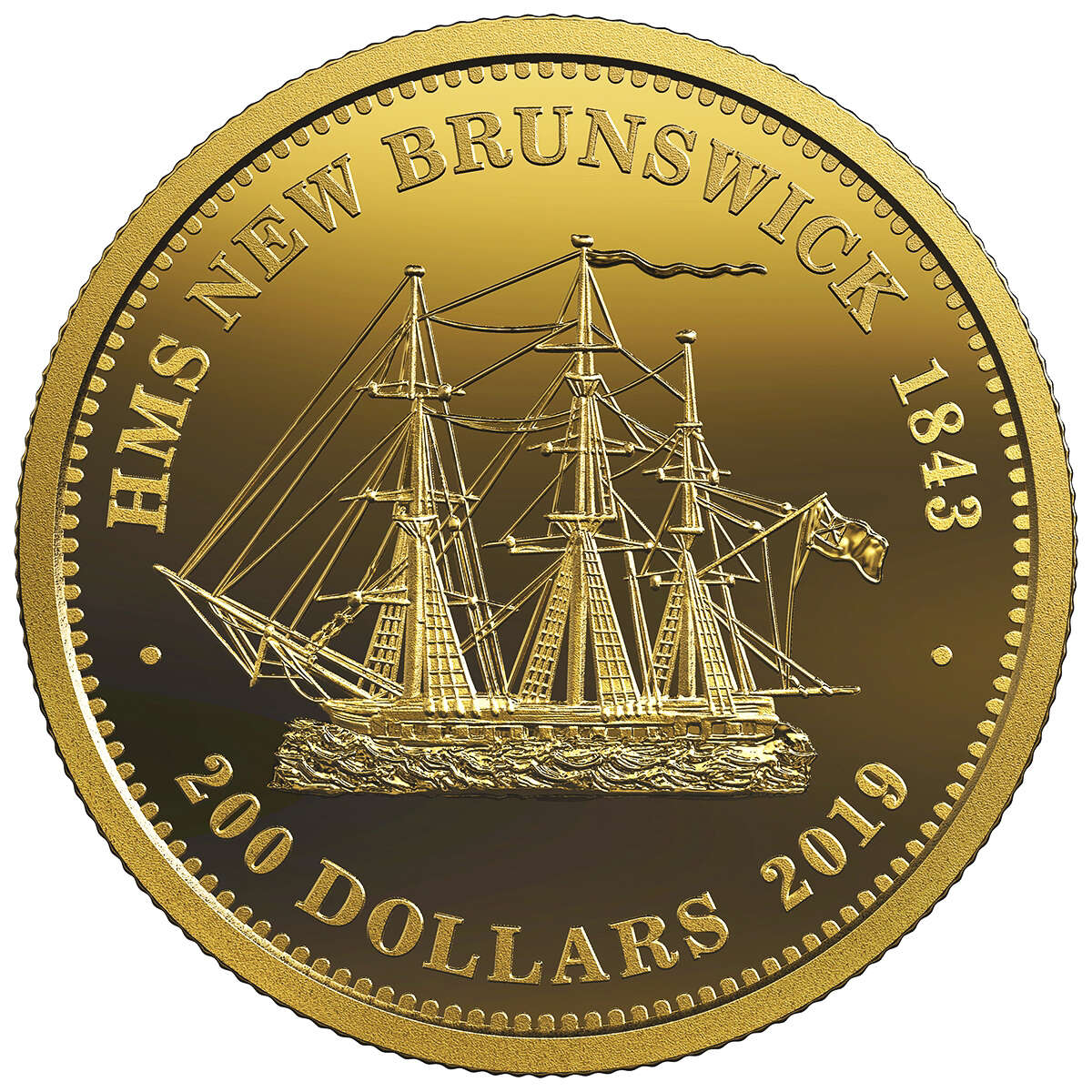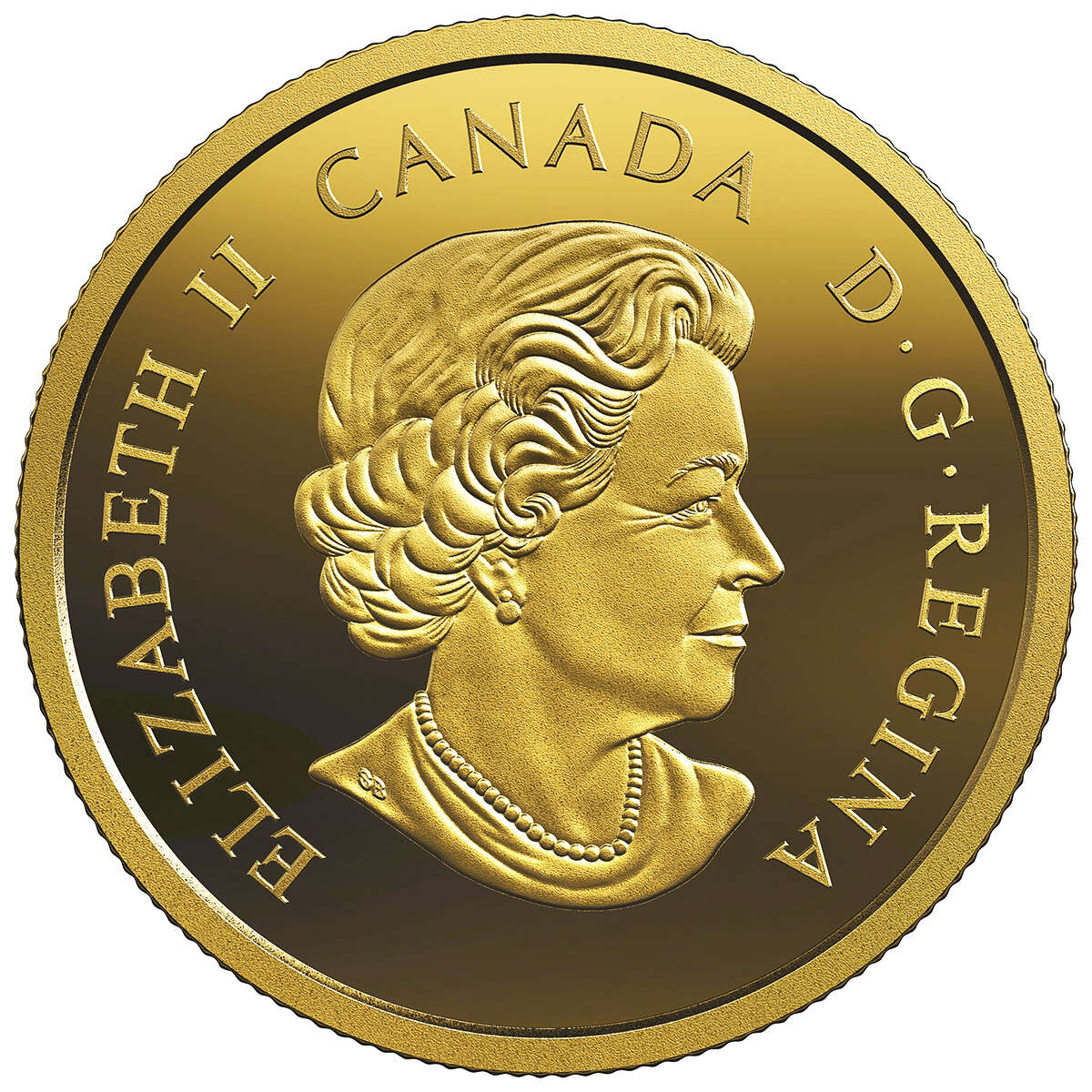Description
The history of coinage in the British colonies is fascinating for those who love coins. Before Confederation, the colonies tried a number of schemes to make up for shortages of Crown-approved currency. These shortages happened frequently, and an economy emerged that mixed bills of exchange, cheques, and bank notes with official coinage, unofficial tokens, hole-punched silver pieces, and alternative currencies. Many of these coins could only be used locally and had little or no value in other parts of Canada. Only coins officially sanctioned by the Crown retained their value across the colonies.
This gold coin reproduces the 1843 New Brunswick penny. This piece is notable not only for its beautiful design but also for its story. At the time, minting official coinage was exclusively a Royal prerogative—a process that was especially long and arduous when sea-based post was the only means of communication between England and the colonies. Because New Brunswick was so desperate for coinage, the province circumvented the normal process, seeking official approval only after the coin had already gone into production.
The coin is dated 2019 with a $200 denomination and weighs just over one ounce of pure gold. Adding to the collectability, the highly limited mintage is just 250. HST/GST exempt.
The Design:
The design, created by the Soho Mint in Birmingham, England, is a detailed depiction of a three-mast frigate at anchor—reflecting the importance of sea trade and shipbuilding for New Brunswick. The Mint that created it referred to it as the most beautiful design they had ever produced.
The reverse image reproduces the Soho Mint’s original design for one-penny coinage for the New Brunswick colony in 1843. It features a detailed depiction of a three-mast naval frigate, sails furled, at anchor. The text on the reverse reads “ONE PENNY TOKEN”. The obverse features today’s official effigy of Her Majesty Queen Elizabeth II by Susanna Blunt.





